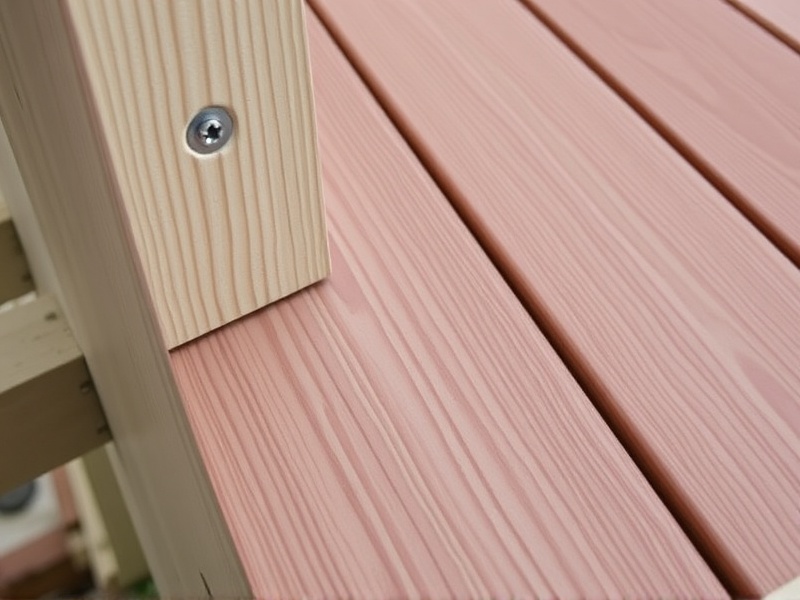Our Location
304 North Cardinal St.
Dorchester Center, MA 02124
Discover the best fasteners and techniques for securely attaching composite decking. Find out what works best and why it matters for your deck's longevity.

Composite decking is a popular choice for modern outdoor spaces due to its durability, low maintenance, and aesthetic appeal. However, choosing the right fasteners for attaching composite decking is crucial to ensure longevity and structural integrity. This article explores various types of fasteners suitable for composite decking, their pros and cons, and provides recommendations based on specific project requirements.
There are several types of fasteners available for composite decking, each with unique characteristics that make them suitable for different projects. The most common types include hidden fasteners, screws, and nails.
Hidden fasteners are designed to be concealed within the decking boards, providing a clean and seamless appearance. They are ideal for projects where aesthetics are a priority. However, they can be more expensive and require precise installation techniques to avoid splitting the composite material. Hidden fasteners come in various forms such as clips, screws, and screws with washers.
Screws are another popular option for composite decking. They offer excellent holding power and are relatively easy to install. Composite-specific screws are recommended as they have a coating or color that matches the decking material, reducing visibility. However, screw heads can sometimes protrude slightly, which might not be desirable for a completely flat surface. Additionally, over-tightening can cause the composite material to split.
Nails are less commonly used for composite decking due to their tendency to loosen over time, causing the decking to creak or become uneven. However, some specialized composite nails are designed to minimize these issues. These nails typically have a broader head to distribute weight evenly and are coated to prevent corrosion. While they may not be as durable as screws, they can be a cost-effective solution for smaller projects.
The choice of fastener ultimately depends on the specific needs of your project. For high-end residential or commercial projects where aesthetics are paramount, hidden fasteners are often the best choice. They provide a clean look and reduce the risk of visible hardware. For DIY enthusiasts or smaller-scale projects, screws can be a practical and cost-effective option. Nails should be considered only if you have experience with composite materials and are aware of their limitations.
When it comes to attaching composite decking, selecting the right fastener is key to ensuring a beautiful and long-lasting deck. By understanding the pros and cons of different fastener types, you can make an informed decision that meets your project’s requirements. Whether you opt for hidden fasteners, screws, or even specialized nails, always choose products designed specifically for composite materials to achieve the best results.